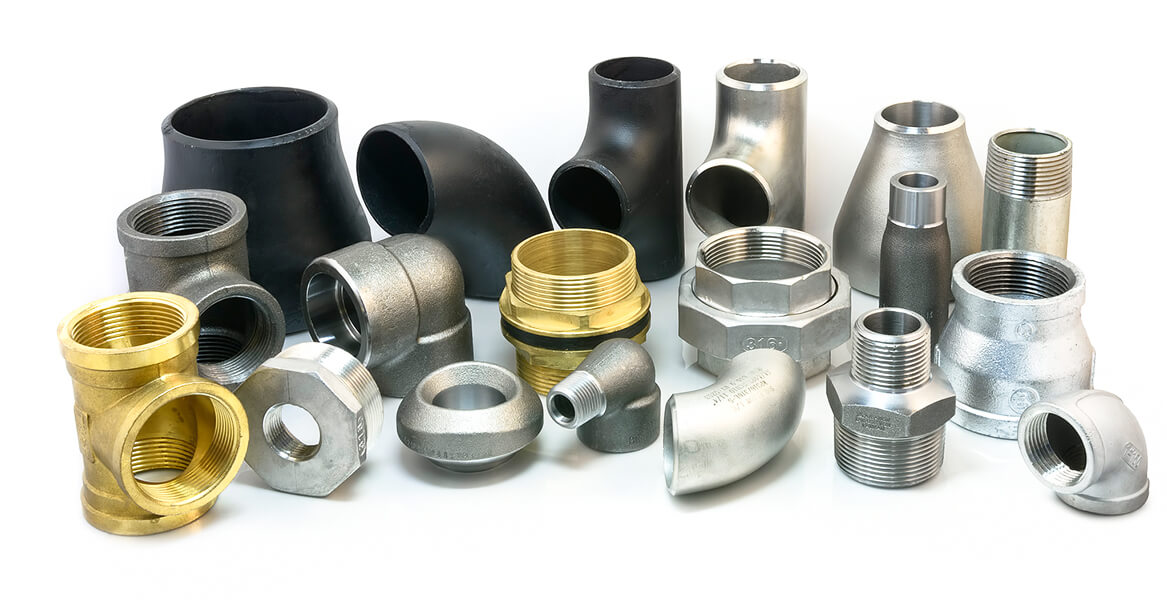
What Is Press Fitting?
In contrast to typical brazing processes, press-fit requires no heat and eliminates the need to weld or solder joints and connections. This scarcity of competent labor appears to deter experienced plumbing and heating specialists –our business is known for engineering brilliance and technical know-how. Press fittings practically make it possible for the average Joe to join two lengths of pipe and can render an installer’s expertise and hard-earned knowledge obsolete. On the other hand, technology is a triumph of engineering in and of itself. It is impossible to overlook the benefits it delivers to plumbing and heating firms in terms of efficiency, safety, and flexibility.
Press-fit is compatible with practically any pipe system and may be utilized in various applications such as the supply and drainage of potable water, gas, and steam. Carbon steel and stainless steel press fittings and usual copper press fittings are available from major press-fit manufacturers such as Geberit and Pegler Yorkshire.
Is Press Fitting Faster Than Brazing?
The decrease in installation times compared to brazing is one of the reasons for development in the press-fit industry. Some producers of press-fit fittings claim that installation times can be cut in half. The pipe is inserted into the fitting, which is then sealed by pushing the fitting socket and the pipe together with the jaws of an electric press-fitting tool.
Installers can make room for more work by lowering the time necessary while maintaining the same level of quality and earning the same amount of money on fixed-price contracts. Unlike brazing, press system connections are completed quickly, with many connections being pressed in less than 10 seconds. The approach may also be used on wet pipe systems, removing the need to turn the system off during the procedure. Contractors may save time filling out documentation connected to permits to operate with open flames when working on building sites such as new developments in particular cases.
A Step-By-Step Guide To Perfect Press Fittings
STEP 1: Cut The Pipe
Use a pipe cutter with the new or untouched wheel. It is essential to ensure that the pipe is entirely cut in squares. Tube ends must be cleaned and scratch-free, or no damage on the end side that fits within the fitting.
STEP 2: Remove Burrs
Ensure that the external and internal tube ends have no burrs or sharp ends with a deburring tool. After that, rub the tube end to clean to prevent damage to the O-ring when the tube is put into the fitting.
STEP 3: Ensure The O-Ring Is Seated, And Lubricated
When inserting the copper tube, ensure the O-ring is well inserted, free of damage, and lubricated. A tiny quantity of water can be used if the tool is not lubricated.
STEP 4: Mark Insertion Depth
The tube must be appropriately placed into the fitting until it reaches the tube stop to form the perfect junction. By marking the insertion depth on the tube, any movement will be recognized, which is vital if the joints are to be pushed.
The pushing action should be performed when the tube has reached the tube stop, and the previously designated tube has realigned with the fitting.
STEP 5: Complete The Joint With The Pressing Tool
Check that the pressing tool has the right size jaw for the fitting fitted and locked. The jaws must be squarely fitted on the fitting. Press the trigger to start the tool’s compression cycle.
When the mouth of the fitting is entirely surrounded by the jaws and the internal piston returns to its starting position, the cycle is complete. Remove the jaws from the fitting. The joint is finally finished.
Why Use Press Fitting?
Press Fittings Save Time And Money
Connections can be made in time fraction, which takes it to weld or solder pipe with press fittings. Additionally, less training is needed significantly in operating the press tool compared to brazing, welding, or soldering. This makes press fittings an exceptional labor-saving solution, particularly when planning to install extensive pipe systems.
Press Fitting Connections Are Secure
Press tool operations differ by various brands, but one constant thing is the toughness of connections. If the pipes are manufactured correctly, and under the press tool system making guidelines, the connection is durable, like a soldered or welded connection. Most hydraulic press tools contain an auto-cycle feature that closes only when the connection is complete, so there is no need to guess if the pipe is wholly joined or not.
Jobsite Safety Is Improved With Press Fittings
In the workplace, caution and safety should always come first. Because no heat or flame is required to form connections, press fittings are more secure. This decreases the possibility of workplace harm. Compared to soldering or welding, using a press tool requires less safety equipment, which might result in further cost reductions.
Press Fittings Are Dynamic
Since press fittings are found in stainless steel, copper, and carbon steel, they almost work with any pipe system made up of those materials. This enables them to be appropriate for use in various applications. Your project may have a suitable press-fitting answer, from gas, corrosives, and petroleum to steam and potable water.
Repairs Can Be Made Quickly With Press Fittings
Press fitting connections can be made even if the pipe system is moist. Because of this, press fittings are highly suited for usage in industrial and commercial buildings where activities will not be disrupted if repairs are required. The use of press fittings eradicates the need to close down a pipe system for repair.
Sleek m press fittings are the newest product variety to enter the market for domestic and industrial pipework connections; it is offered in carbon steel, copper, and stainless steel and is swiftly becoming a serious competitor to other industries.

